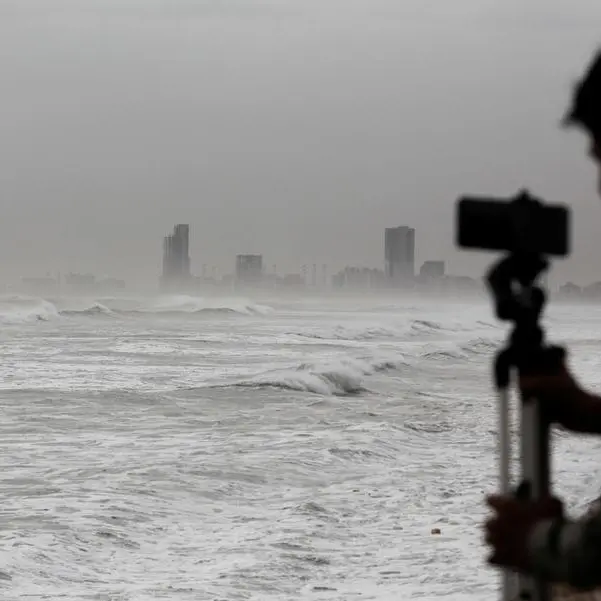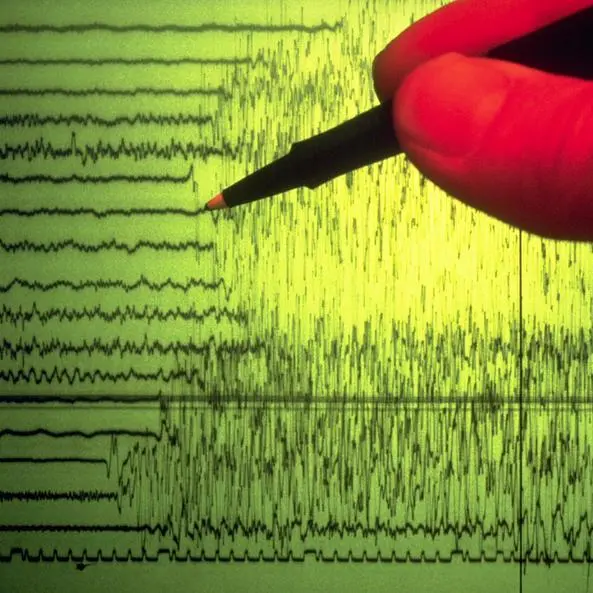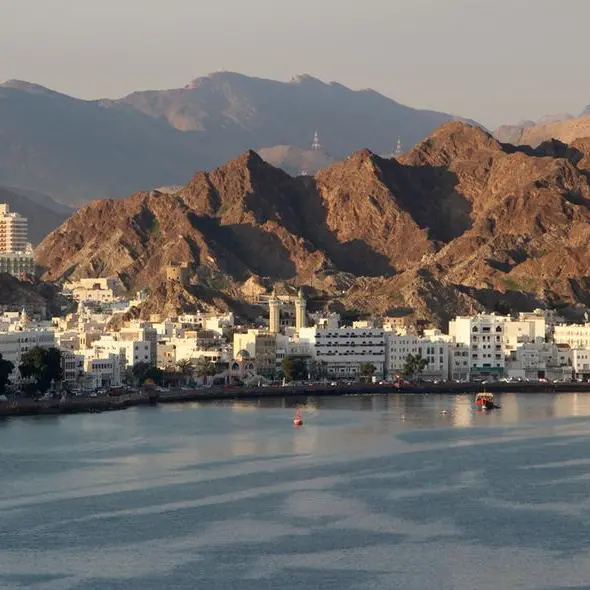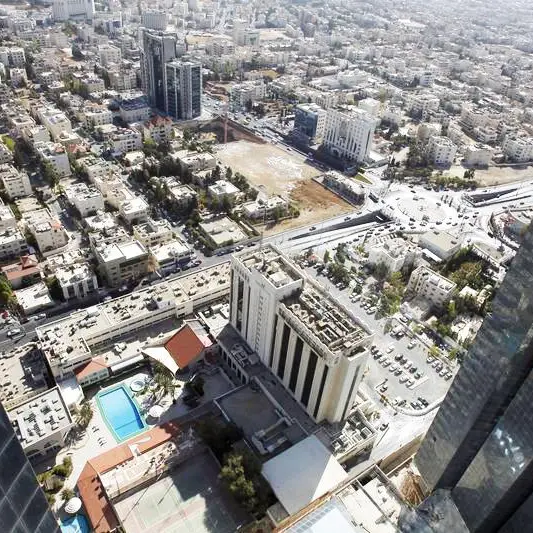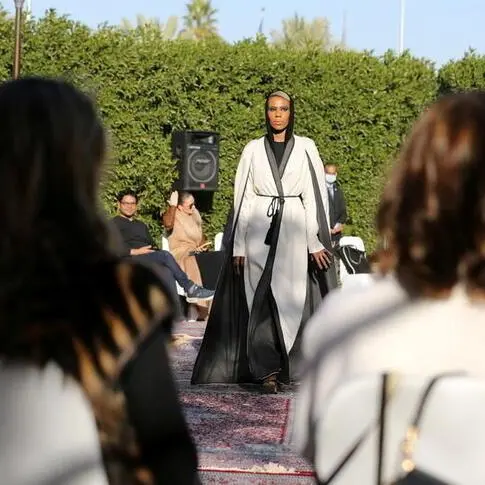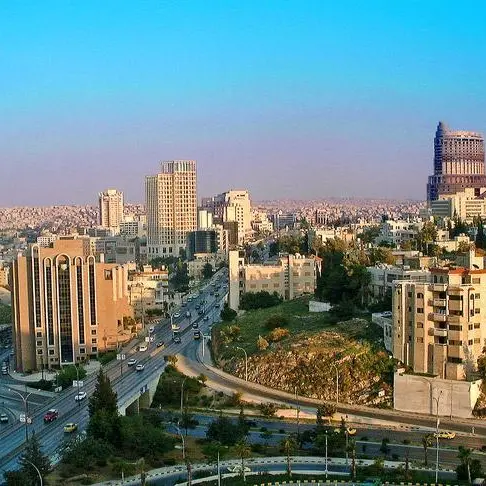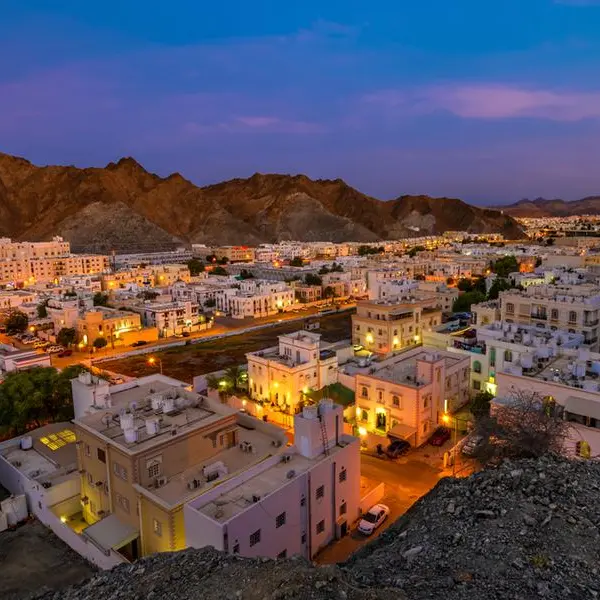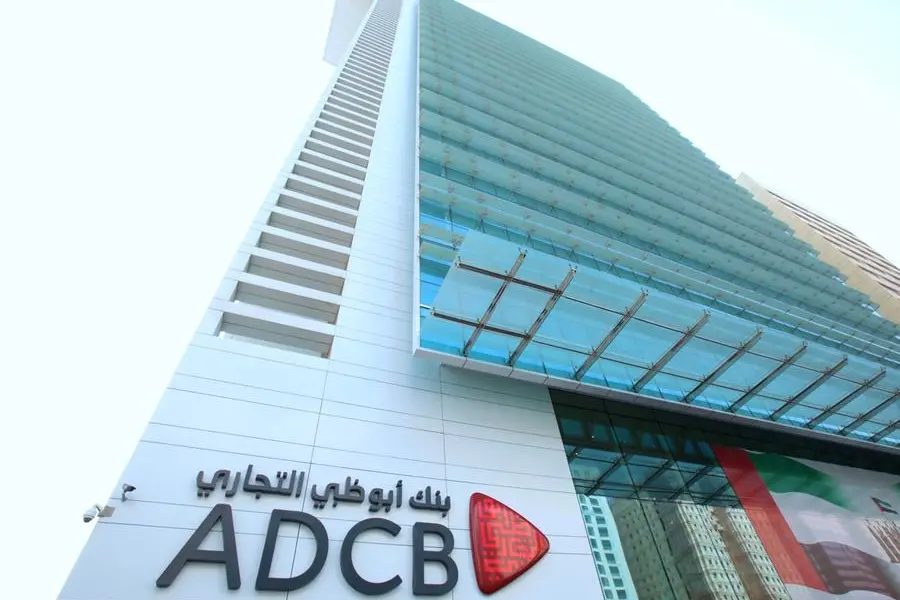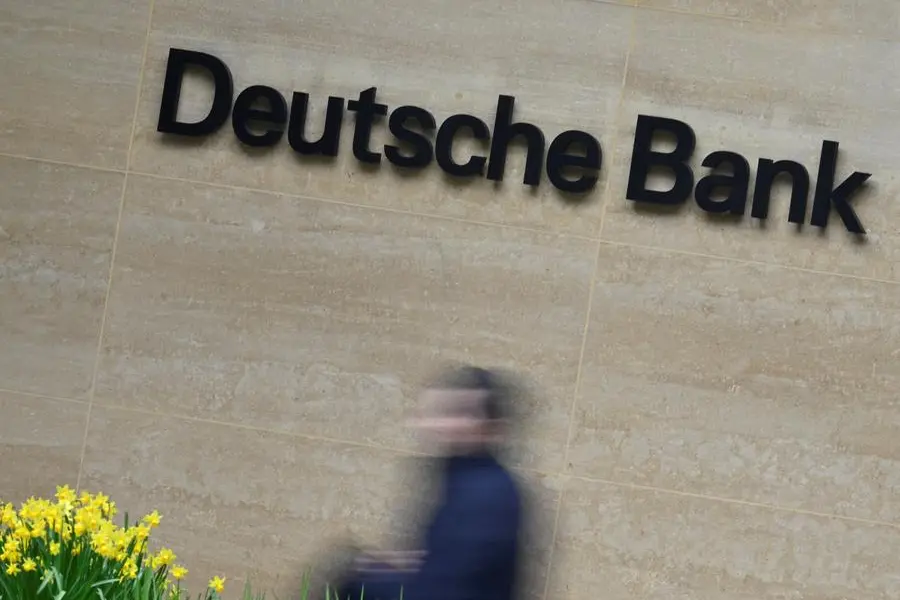Just as the Sultanate of Oman pavilion at the Expo 2020 continue to receive close to a million visitors since it started on October 1, last year, the global media has been abuzz with the myriad attractions of the same, pulling a steady stream of spectators to the global festival.
Boleta Senkiene, Honorary Consul of the Sultanate of Oman in Lithuania flew into Dubai to cherish her fond memories of Oman that she used to have from time to time during her visit is all spellbound to witness how the nation has been replicated at the venue.
“It is not easy to describe the feeling I had inside and outside the Oman pavilion in Dubai’’, Boleta Senkien? said. “It is elegant, modern, growing towards the skies and wavy. Stone and wooden elements, water and natural trees — all goes perfectly hand in hand with the new technology so that a visitor finds inspiration at every turn’’, Boleta told the Observer.
According to her, Oman has chosen a way to present itself to the world as a land of amber, which is somewhat similar to Lithuania too has chosen to project itself as a land of amber. The nation, which is not dissimilar to Lithuania in terms of the population, has also chosen its natural treasure as its symbol. It is no less famous than amber, the sweet-scented frankincense.
The edifice is quite literally immersed in the scent of frankincense, one of the luxurious aromatic resins in the world. The exterior takes its inspiration in Boswellia, a desert tree that produces the aromatic resin that, dried, eventually forms pieces of frankincense. The tree, which in Dubai appears in a rather other-worldly shape, is a sea of frankincense inside. In the broader context, frankincense speaks both of long history (with what is now Oman known to have traded frankincense with the world for at least 5,000 years) and modern globalism as all kinds of ties have never been more intense than nowadays.
The solution has made a profound impression on Boleta who has already visited the Oman pavilion in Dubai twice.
She said Oman has been remarkably successful over the past several decades in matching its rich history and traditional culture with investment into modern society, including education, medicine, infrastructure, tourism, industry and other sectors. The links between the old and new, the today and tomorrow are among the hey ideas behind the concept of the Oman pavilion at the Expo Dubai.
As it has become routine, you’re invited to disinfect your hands before entering. Do not even look for a traditional dispenser this time. Instead, get closer to the smoking vessel. Immerse your palms into the “smoke” and keep them there for a while. That’s disinfection the Omani way. Smelling of frankincense, no doubt. Your hands will now carry some of the aromas with you.
In Lithuania, amber is found at the Baltic Sea only. In Oman, frankincense is also “grown” in the only region, Dhofar, at the border with Yemen. It is only there that the sea, the hills and the desert all create ideal conditions for Boswellia. In Latin, by the way, its name is Boswellia sacra. A simple yet delicate procedure of cutting the bark of the tree is required to get the “sacred” resin. They then dry and harden in the heat to form nuggets of various shapes and colours. They are used to make aromatic oils and fragrances, as well as for medicinal purposes.
Frankincense has been the pride of Oman for many centuries. It is no wonder then that the living Boswellia inside the pavilion has found its place in the best spot, near the entrance and even on a special pedestal. It is here that the visitors are invited to stop and spend several minutes delving into the history of frankincense by watching a film about the miraculous tree and its legendary produce projected on one of the walls.
Even the large-scale industrial and infrastructure projects currently under way in Oman are presented with the stylised Boswellia in the background. The video of Omani music also follows the theme of the fragrant substance.
In the European view, some projects on display might seem somewhat exotic, such as the scheme of planting one million date palms all over Oman. Or the botanic garden which, under a roof, will house a variety of plants native to much cooler regions of the world.
Inside the Crystal Hall, the “crystal” domes suspended from the ceiling serve as information points telling dozens of stories about Oman, beginning with nature and history and down to investment and tourism. Frankincense included, surely. Could it be that mankind will use the odorous gum when it decides to settle on Mars? The aromas of frankincense, by the way, are different inside the pavilion: pure, lemon and rose-scented.
“This time, Oman has chosen frankincense as a symbol of the entire nation. I think that’s just a great job’’, Boleta quipped.
Oman’s Ministry of Transport, Communication and Information Technology, Ministry of Heritage and Tourism and Oman Air are taking an active part in the Expo 2020.
“Seeking greater participation from across the globe, we have organised visits for honorary consuls to visit the Oman Pavilion in cooperation with Foreign Ministry. The visit also included showcasing investment opportunities at the pavilion’s Opportunity Centre’’, said Mohsin bin Khamis al Balushi, Adviser, Ministry of Commerce, Industry and Investment Promotion (MoCIIP) and Commissioner General of the Sultanate of Oman for the Expo 2020
According to available statistics, the Sultanate of Oman’s pavilion received an average of 6,000 visitors a day and in the first week, the number of visitors crossed 81,071 and the number was steadily increasing. But with travel restrictions imposed in some countries due to the ongoing Covid-19 and Omicron, the number is more or less steady, thanks to the enthusiasm that Expo 2020 has been creating.
The Luban outlet at the pavilion contains more than 1,500 products from more than 400 Omani small and medium businesses, family businesses, craftsmen and rural women. This embodies the opportunities that the Omani pavilion can provide through the Expo.
2022 © All right reserved for Oman Establishment for Press, Publication and Advertising (OEPPA) Provided by SyndiGate Media Inc. (Syndigate.info).
